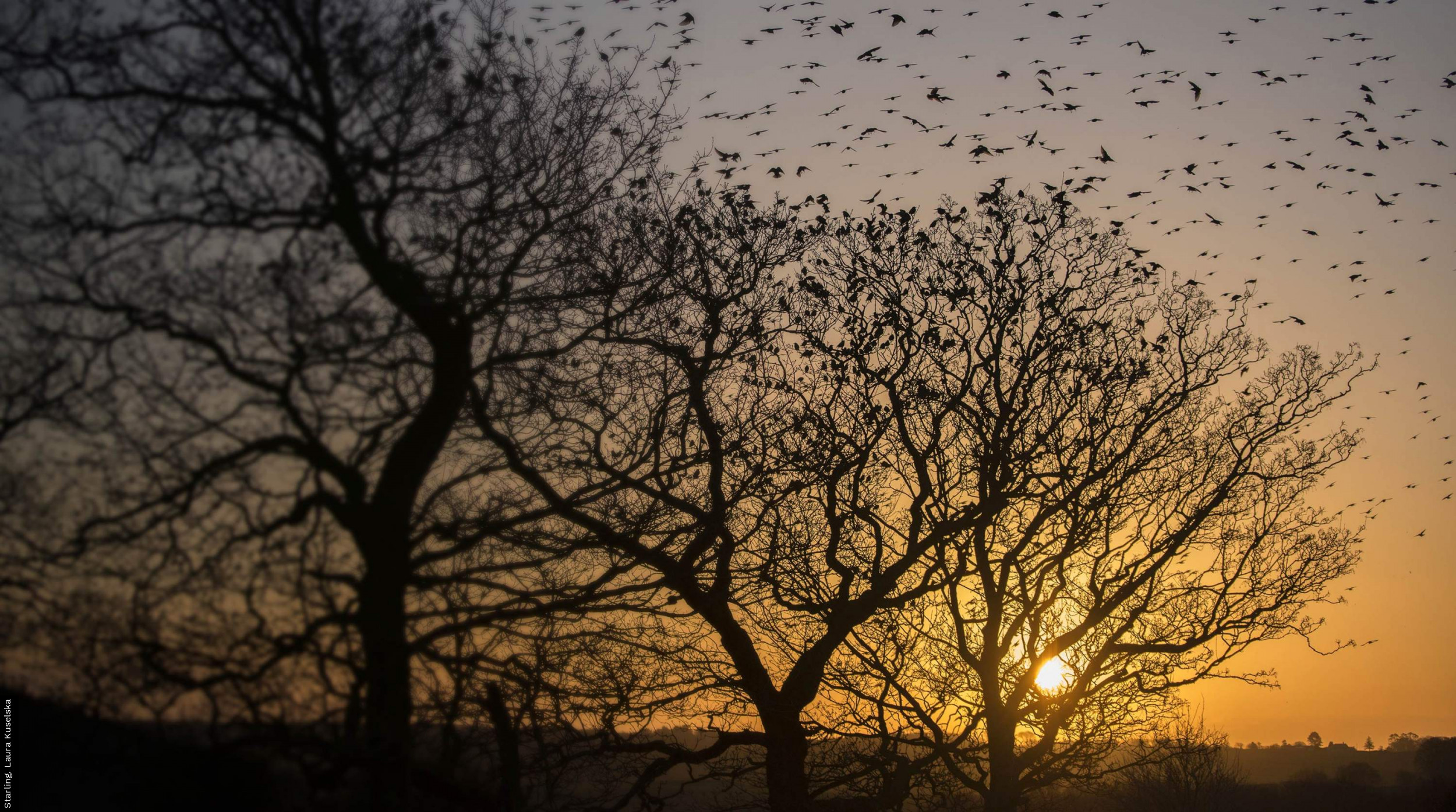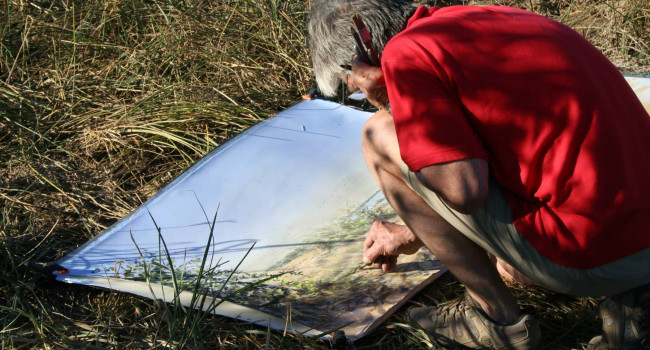A 30,000-km journey by Apus apus pekinensis tracks arid lands between northern China and south-western Africa

Author(s): Zhao, Y., Zhao, X., Wu, L., Mu, T., Yu, F., Kearsley, L., Liang, X., Fu, J., Hou, X., Peng, P., Li, X., Zhang, T., Yan, S., Newell, D., Hewson, C. M., Townshend, T., Åkesson, S., and Liu, Y.
Published: June 2022
Journal: Movement Ecology Volume: 10
Article No.: 29 (2022)
Digital Identifier No. (DOI): 10.1186/s40462-022-00329-2
Abstract
Background
As a widely distributed and aerial migratory bird, the Common Swift (Apus apus) flies over a wide geographic range in Eurasia and Africa during migration. Although some studies have revealed the migration routes and phenology of European populations, A. a. apus (from hereon the nominate apus), the route used by its East Asian counterpart A. a. pekinensis (from hereon pekinensis) remained a mystery.
Methods
Using light level geolocators, we studied the migration of adult pekinensis breeding in Beijing from 2014 to 2018, and analysed full annual tracks obtained from 25 individuals. In addition, we used the mean monthly precipitation to assess the seasonal variations in humidity for the distribution ranges of the nominate apus and pekinensis. This environmental variable is considered to be critically relevant to their migratory phenology and food resource abundance.
Results
Our results show that the swifts perform a round-trip journey of ca 30,000 km each year, representing a detour of 26% in autumn and 15% in spring compared to the shortest route between the breeding site in Beijing and wintering areas in semi-arid south-western Africa. Compared to the nominate apus, pekinensis experiences drier conditions for longer periods of time. Remarkably, individuals from our study population tracked arid habitat along the entire migration corridor leading from a breeding site in Beijing to at least central Africa. In Africa, they explored more arid habitats during non-breeding than the nominate apus.
Conclusions
The migration route followed by pekinensis breeding in Beijing might suggest an adaptation to semi-arid habitat and dry climatic zones during non-breeding periods, and provides a piece of correlative evidence indicating the historical range expansion of the subspecies. This study highlights that the Common Swift may prove invaluable as a model species for studies of migration route formation and population divergence.
This study, conducted by a multi-national team, followed 25 pekinensis Swifts on their annual migration cycles between 2014 and 2018. Birds were captured at their breeding site, the Summer Palace in Beijing, and fitted with geolocator tags. These small devices record day length and solar noon, allowing researchers to calculate the bird’s global position through time.
After leaving Beijing in the middle of July, the Swifts headed north-west into Mongolia, before travelling west, re-entering China and crossing into central Asia. From there, the birds migrated to north-east Africa, flying over the Red Sea around the middle of August and reaching the longitude of the eastern Congo basin at the start of September. The final leg of their journey took the Swifts to their wintering grounds on the Southern African Plateau, where they remained from early November until mid-February.
Remarkably, their entire migration route tracked arid land, despite this requiring a longer journey. This is specific to the pekinensis subspecies and may be a relict of the Swift's population expansion after the last ice age, when the birds spread over a wider region via arid habitat.
The Swifts' return to Beijing in spring was significantly shorter in time and distance than their autumn migration, with an average of only one stopover site on the flight north compared with four on their southward journey. This difference in spring and autumn migration is widely reported in other species and subspecies, including apus Swifts.
However, the study also revealed some key differences between the subspecies. Compared to apus Swifts, pekinensis birds had a significantly longer breeding period, a shorter wintering period and a slower migration speed. Swifts breeding in Beijing travel an amazing 30,000 km each year - nearly twice as far as their apus counterparts breeding in northern Europe. As well as tracking arid habitat on migration, pekinensis Swifts also favoured more arid habitats on their winterng grounds than apus birds, suggesting the two subspecies are dependent on different food resources outside the breeding season.
This study sheds light on the different adaptations of subspecies, and may prove invaluable in understanding how migration routes arise and how populations ultimately diverge, at a time when many migrant species are under threat.
Notes
Acknowledgements
The authors are grateful to all the volunteers taking part in the fieldwork. They also appreciate the support from Management office of Summer Palace and Beijing Wildlife Rescue & Rehabilitation Centre, and the help from National Bird Banding Centre of China and Beijing Bird Banding Station. They are very grateful to the three anonymous reviewers and an associate editor for their constructive comments and suggestions.
Funding
This study was supported by SHAN SHUI Conservation Centre, Beijing, the research grants from the Swedish Research Council (621-2013-4361, 2016‐03625) to SÅ, and a Dulverton Trust grant from British Trust for Ornithology to CMH. The geolocators were funded by Action for Swifts (DN) and by SÅ at Lund University covered by funds listed above, with at least one logger donated by Migrate Technology Ltd.







Share this page